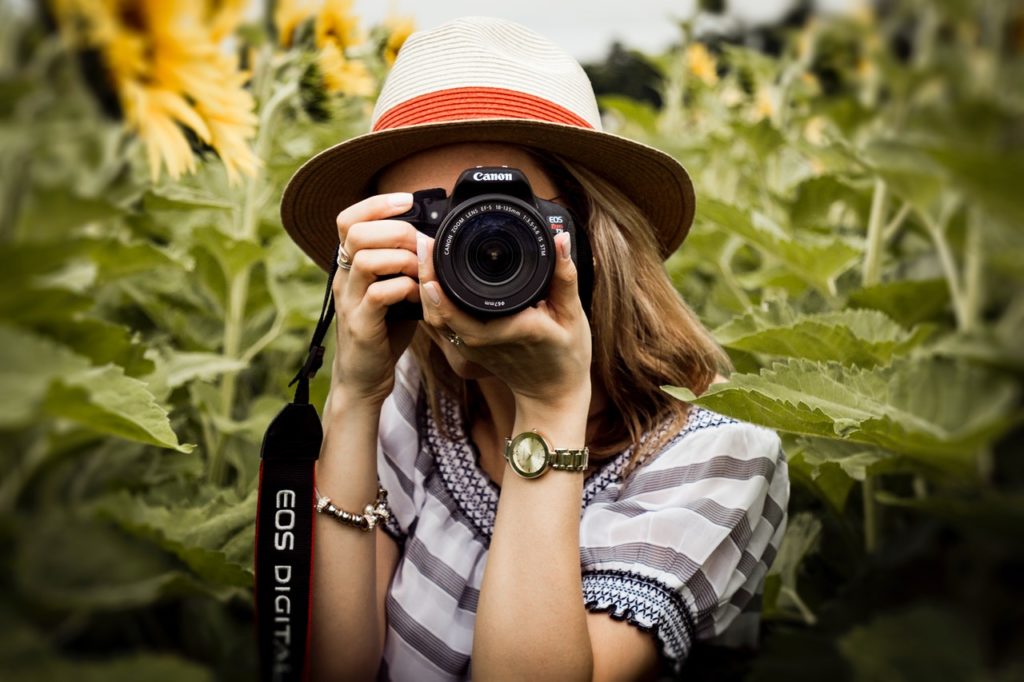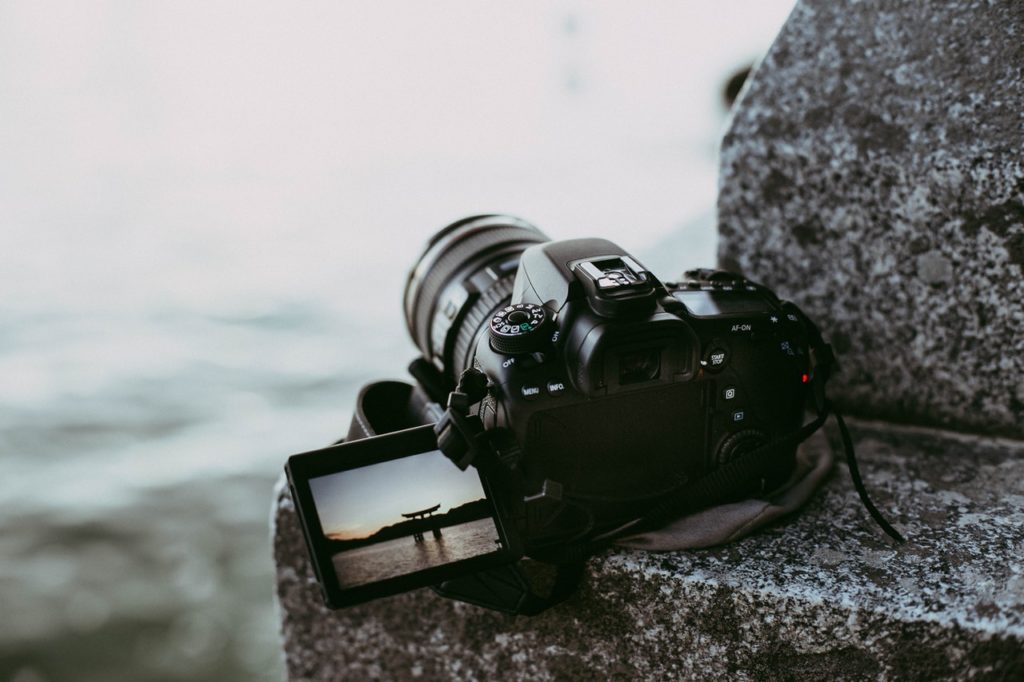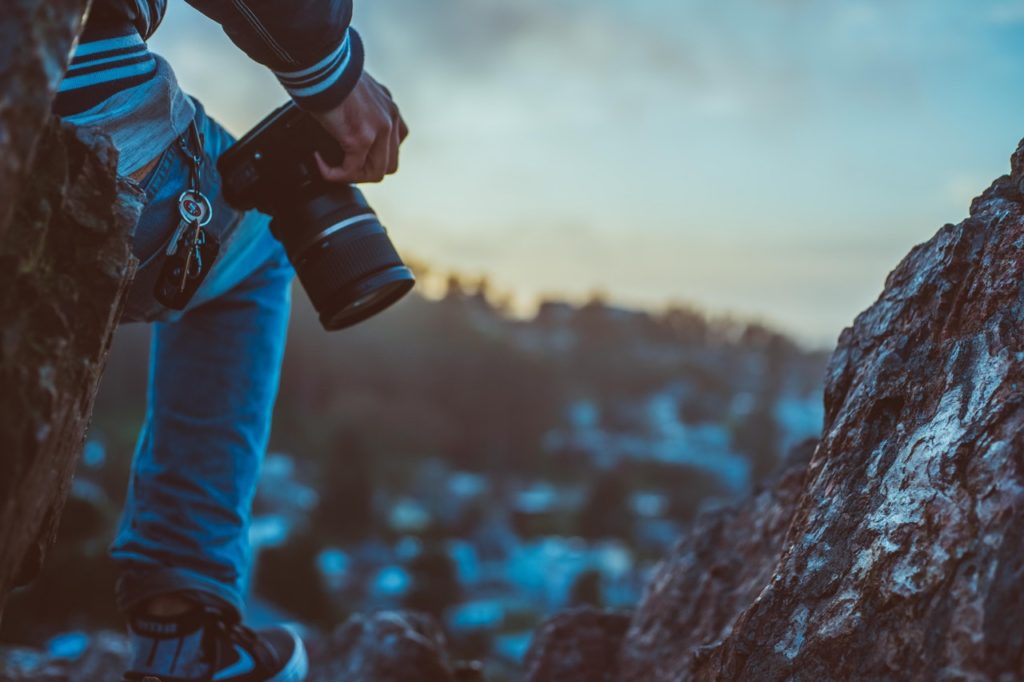Career: Photography and the art of images

Photographers can manipulate light, objects or their surroundings to produce masterpieces. Picture:Pexels.
A photographer is a creative who focuses on the art of taking photographs with a digital or film camera.
Photographers can manipulate light, objects or their surroundings to produce masterpieces.
A photographer can work in a freelance capacity, and is hired for specific jobs by numerous clients. Some work exclusively in certain industries, such as weddings, graduations and other events.
While others work for corporate, business websites, online and print newspapers and promotional work. There are many career paths.
ALSO READ | Seven tips on choosing the right subjects
Whatever choice you make will give you different opportunities or demand different skills and will also challenge your creativity.
The many different types of photography are-:
Portrait photography
Whether you take on school photographs or weddings, you’ll be needed at the location with your equipment. Portrait photographers may work out of a studio as well as going out on location.
If they are self employed or running their own business, additional tasks will involve sending bills to clients, arranging appointments, making sure images are processed and supplied. Photo framing is also a possibility.
Commercial photography
This embraces a range of careers in which a photographer specialises in taking photographs that will make the most of a client’s products or services.
You could end up taking pictures of cars or buildings, whatever may go into various media. Your photographs will be used in catalogues, websites, blogs and advertisements or on social media.
You may have to take a series involving equipment or projects for a company’s records and reports. This is one of the better-paying options.

Scientific photography
The photographer will be required to, for example, record experiments, encapsulate technical information or use enlargements to capture images not usually visible to the eye.
This type of photography requires particular techniques and equipment. Photographing microscopic objects, infrared, underwater photography, among others, may be involved.
These kinds of jobs will be offered by hospitals, research institutions, universities or government agencies.
Photojournalism
People and events are captured for newspapers, magazines, publications and websites. Photographers who go for this option need to be able to tell a story with a picture.
Being employed in this sphere may offer full-time positions or an option to freelance. Photographers will be required to capture local, national or community events (sports, courts and politics, for example).
Purely freelance photography
If you choose to work on your own, there are options in most industries, from news to fashion.
You need to factor in time to become recognised in the business, but the constantly changing venues will ensure you never get fatigued. You will need to be able to market your own business.
You’ll also need to be proactive and motivated. Typically, you’d liaise with a client to get a feel for the brief.

You may need to scout locations or find subjects. An array of equipment helps (but can be pricey). You may need to develop a skill in arranging objects in an attractive way, help compose scenes, find props and develop suitable backgrounds.
You’ll probably also work with graphic designers. Once pictures have been taken, they may need to be touched up, lightened or otherwise adjusted by computer. Sometimes images need to be cropped or colour enhanced.
You need to keep up with trends and newly developed techniques.
Other fields: You could also specialise in aerial or drone photography. Or take pictures of landscapes. Film industries often require photographers.
READ | Our first digital magazine – and it’s all about home schooling
Skills or abilities which help photographers-:
- Being creative
- Having artistic tendencies
- Accuracy and being patient
- Being approachable and able to make people feel comfortable
- Engaging well with people
- Anticipating, having a good reaction time and making quick decisions
- Attention to detail
- Being flexible
- Having a sense of style and good colour perception
- Being organised and having a business background.
Yesterday was World Photography Day, in which people pay homage to the history of photography and celebrate the art, craft and science of photography.
It is observed to mark the French government patent of the Daguerreotype photographic process on August 19, 1839, following its invention by two Frenchmen Louis Daguerre and Joseph Nicephore Niepce in 1837.



